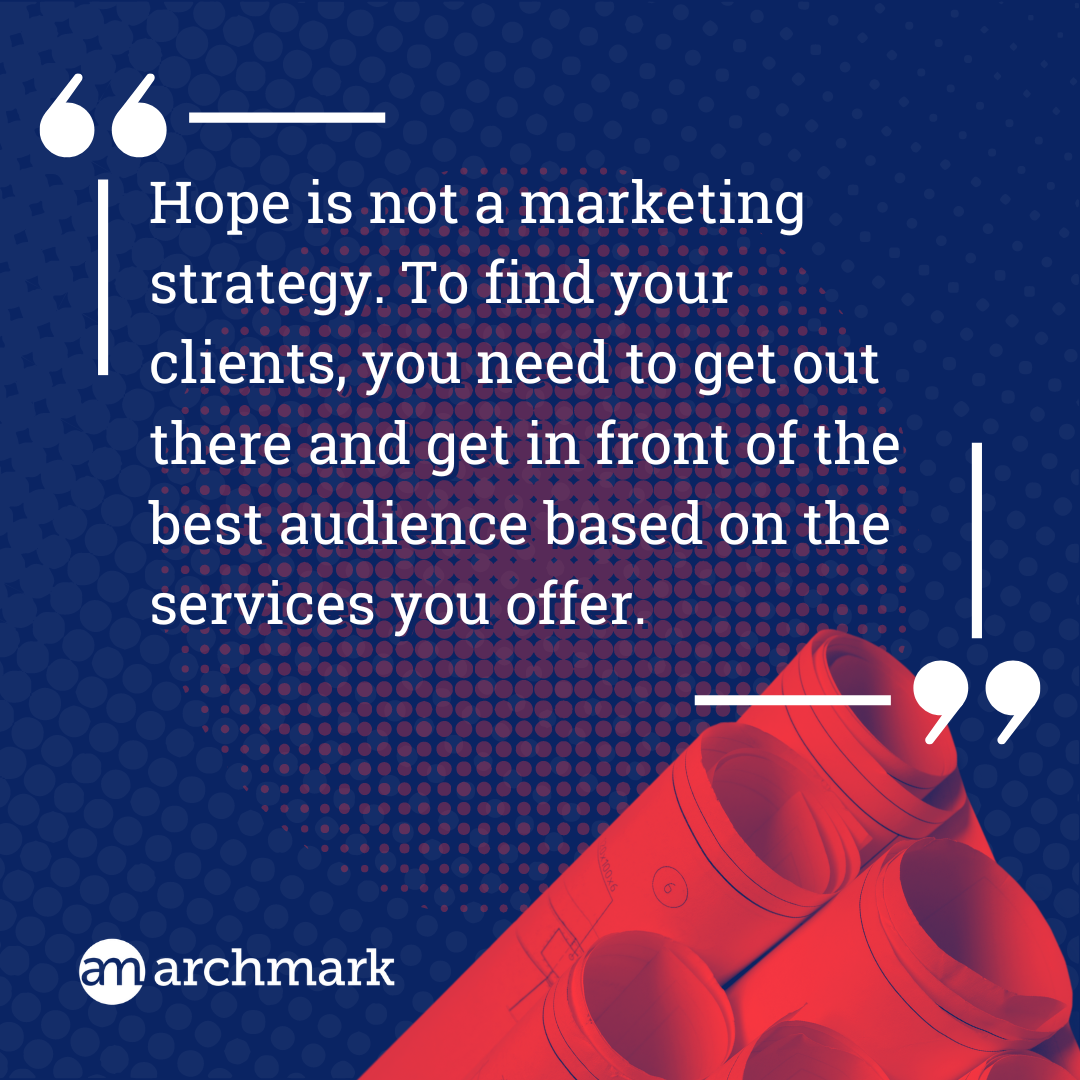Have you ever struggled with any of the following?
- Do you feel that your clients don’t understand your role in the design process?
- That they don’t understand the value of the architectural services you provide?
- That they fail to see all the complexity of all the work that goes into a design?
- Are they impatient and mostly concerned about the end product?
- Do they see the builder/contractor as more central to the success of the project?
For many new to the world of hiring an architect, they might know they need an architect—but often they don’t actually understand why they need one.
In fact, we found the following results from a survey commissioned by InBuilding.org to be shockingly eye opening:
- 72% of respondents were unaware that architects apply for planning permission
- A staggering 86% had no idea architects select and manage contractors
- Less than one fifth knew architects prepare construction drawings
- Only 9% understood that they control site budgets
- 15% didn’t even know that architects design buildings.
For some of your prospects, the assumption may be that they just need some drawings to move forward with a project.
For others, they may see hiring an architect as a "necessary evil," usually because they don't understand your role in the design process.
Commoditization tends to happen when they don't see a clear difference between you and the other options available to them.
In their minds, they need an architect, so any architect will do.
If your firm isn’t effectively communicating why you’re different and why you can provide them with a better service over your competitors, then they are not likely to see your true value—which is so much more than a list of services.
This results in them seeing you as a commodity—and the only difference between one commodity service and another is price.
And when you’re competing on price alone, it’s just a race to the bottom.
Your work, your team, your firm, is so much more than a dollar figure.
To stop appearing as a commodity, your branding, your website, and your marketing materials need to differentiate you from the crowd.
This is where many firm owners get stuck, so here are some simple strategies for architecture studios to consider:
- Answer the key questions that are important to your clients, use FAQs to reassure clients that you understand exactly where they are coming from.
- Talk about your expertise and experience in the context of carefully crafted case studies and testimonials, rather than sharing lengthy resume-like bios.
- Showcase your team, talent, and culture to appeal to a wider range of personalities, rather than only showing your senior partners and principals.
- Communicate your unique capabilities to make it clear that what you do is the best of the best.
- Don’t be afraid to say exactly who you work for—if you’re a specialist, say so.
Be sure to show them why your firm is the perfect fit for their project.
The clearer you are, the easier it will be for your ideal client to realize you’re the right choice for their next project.
Learn more about the 10 Questions an Architecture Firms Need to Ask Before Hiring a Web Design Agency here.
















